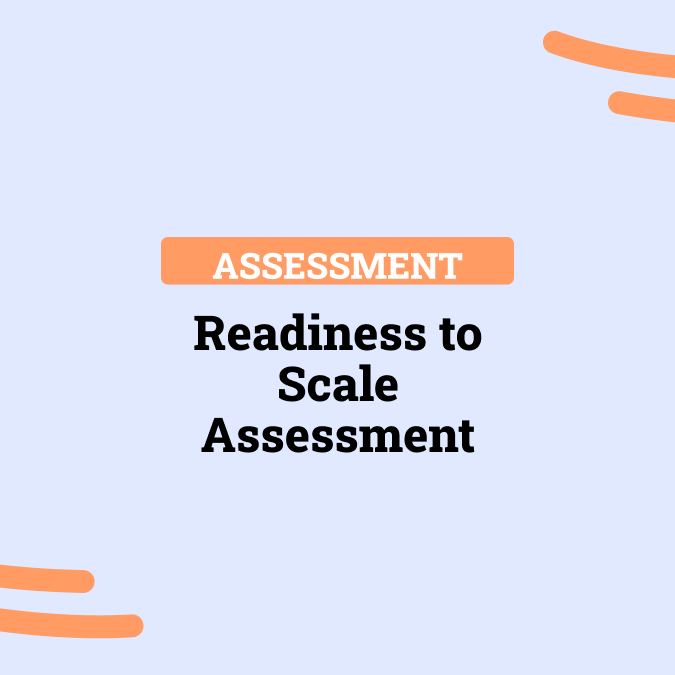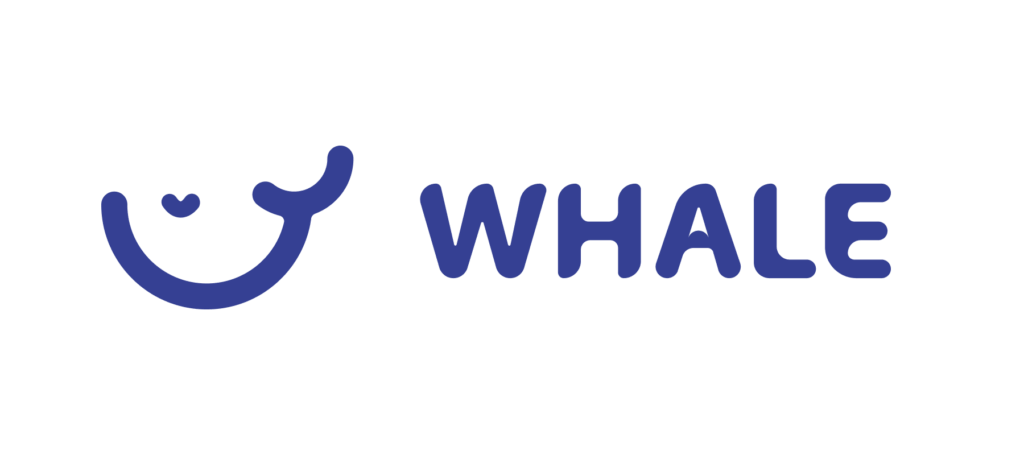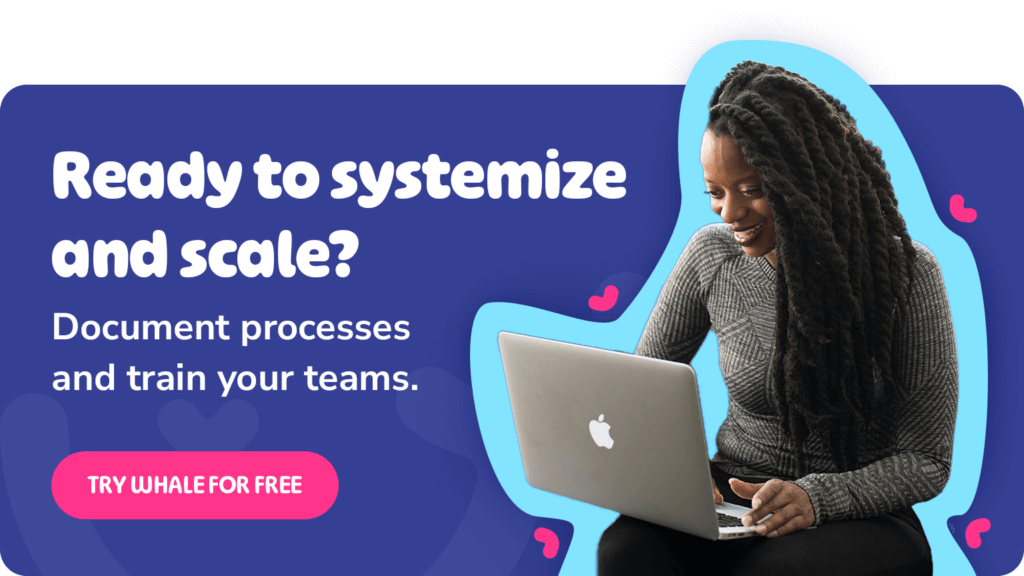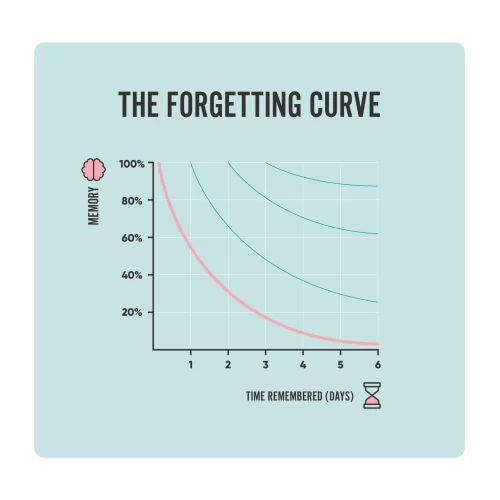Document engagement is an actual term and a real consideration.
Imagine spending hours crafting a company document only for it to go unread. Frustrating, right? You’re not alone. Across industries, businesses face challenges in documentation: how to get employees to read, retain, and act on the information they’re given.
According to a Dynamic Signal study, 80% of employees feel overwhelmed by workplace information, while 96% report difficulty finding the information they need to perform their jobs. In an era flooded with emails, notifications, and meeting invites, it’s no surprise that company documents are often overlooked.
With so much information (not to mention Instagram posts) vying for our attention, it’s no wonder that your carefully crafted company documents might be going unread.
Let’s explore why.
Document Engagement: Reasons Why No One reads your Company Documents
1. The Documents Are Boring or Hard to Read
Even if a document is relevant, it may not be appealing enough to draw in readers. Long blocks of text, inconsistent formatting, and buried links create a frustrating experience. If readers find it boring or hard to navigate, they’ll quickly disengage.
Solution: Focus on readability and presentation. Make use of headings, bullet points, and clear language. Visuals like charts or infographics can make key points stand out, breaking up text and making it more engaging.
2. No one knows it exists
Sometimes, documents are simply hidden in places employees rarely check, like buried in email threads or obscure folders on the intranet. Even crucial documents can be overlooked if they’re hard to locate or if employees don’t know they exist.
Solution: Proactively share document locations and updates. Use a platform that enables search and access in tools like Slack or Microsoft Teams where employees are already active. Companies like Whale provide integrated extensions so documents are accessible without disrupting workflow.
3. The Forgetting Curve Kicks In
Studies show that people forget up to 50% of new information within an hour, which rises to 70% within 24 hours (Ebbinghaus, 1885). So even if employees read a document, the information may slip their minds if it isn’t reinforced.
Solution: Reinforce key points through follow-ups, training, and reminders. Encourage managers to discuss policy updates in team meetings, and introduce quizzes or assessments to make key information memorable.
3. Document Engagement Isn’t Encouraged
You can’t be upset that no one reads your company documents when you don’t share them.
Without incentives to engage with documents, employees might skip reading them altogether, seeing them as unimportant or non-urgent. The content becomes another task they put off or ignore.
Solution: Create incentives around document engagement. Offer rewards for employees who score highly on knowledge checks or actively contribute to document updates. Recognition through praise, shout-outs, or small rewards can foster a culture where document engagement is valued.
How to Increase Document Engagement
Think "The Netflix Effect"
The “Netflix effect” is a term used to describe the impact that the popular streaming service Netflix has had on the entertainment industry and consumer behavior.
By releasing series in binge-worthy formats and creating original content that resonates, they keep audiences hooked. Now, you may wonder how this applies to company documents, but the principles are surprisingly relevant.
Here’s how to channel the Netflix effect:
- Create engaging content: Shorten documents when possible. Add videos or interactive elements to make content more appealing.
- Make it accessible: Ensure documents are easily available in the tools employees use daily, whether through a central portal or integrated platforms.
- Incorporate storytelling: Whenever possible, use real-life examples, success stories, or case studies. Instead of delivering a dry procedure, explain why it matters and how it benefits the reader.
Reward Knowledge and Engagement
Just as gamification boosts user engagement in apps, it can drive document engagement in the workplace.
Employee engagement will mean document engagement if you design it right.
Try setting up a system where team members who can demonstrate their knowledge of the company documentation through a quiz or test receive a gift card or voucher as a reward. This incentivizes employees to take the time to read and retain information from the documentation and provides a tangible reward for their efforts.
OR reward team members through recognition and praise. A simple thank you note or shoutout during a team meeting, or email can go a long way in acknowledging and rewarding employees for their hard work. Recognition not only encourages team members to continue to read and retain information, but it also fosters a positive and supportive work environment.
Bring it to the people
You can’t expect document engagement from your teams if you’re hiding the documents!
In today’s workplace, expecting employees to dig through a maze of folders is “counter-human.” Bring knowledge to your team where they work, whether in communication tools like Slack, Chrome extensions like Whale, or other applications that integrate with your knowledge base.
By making information accessible in these platforms, you simplify access and encourage engagement without disrupting workflow.
The Cost of Ignored Company Documents
When employees ignore or fail to engage with company documents, it has real consequences:
- Decreased productivity due to miscommunication or missed information
- Compliance risks if policies aren’t followed
- Inconsistent customer service if employees aren’t aligned on processes
But when your documents are easy to find, engaging, and memorable, they become valuable assets, enhancing employee morale, aligning teams, and ultimately driving company success.
Bottom Line? Key Takeaways for Document Engagement
The bottom line impact for a company of having unread documents is significant. When employees are unable to access or engage with important information, it can lead to decreased productivity, miscommunication, and even legal or regulatory compliance issues.
To get employees to read and engage with company documents, aim to make them:
- Entertaining or at least easy and enjoyable to read
- Easy to find and properly labeled
- Structured for clarity, with consistent formatting
- Regularly updated based on feedback and needs
Remember, boosting document engagement isn’t about creating more work for employees but about meeting them where they are. With these strategies, you’ll make your company documents assets that employees actively want to read and use.
By prioritizing accessibility, clarity, and engagement, you’ll ensure that no one can say, “No one reads this!”

Readiness to Scale Assessment
Almost everyone wants to scale their business but where to start? Take our Readiness to Scale Assessment to find out! You’ll be presented with 10 statements that correlate to one of three specific scaling stages in business.
FAQs for Document Engagement
Why doesn’t anyone read our company documents?
Many factors contribute, including dull content, hard-to-find storage, and information overload. Streamlining access, improving readability, and adding engaging elements can help.
How can I improve document engagement in my company?
Make documents visually appealing, break up text, add interactive elements, and ensure they’re accessible within common workplace tools like Slack or MS Teams.
What are some ways to reinforce information in company documents?
Use follow-ups, periodic training, knowledge quizzes, and regular reminders to help employees retain information and keep them engaged with key content.
Are rewards effective in increasing document engagement?
HYes, rewarding employees through quizzes, recognition, or incentives can motivate them to engage with and remember important information.







